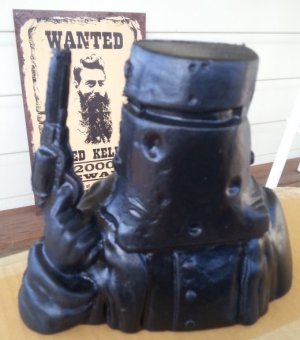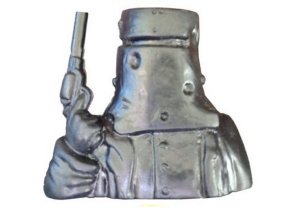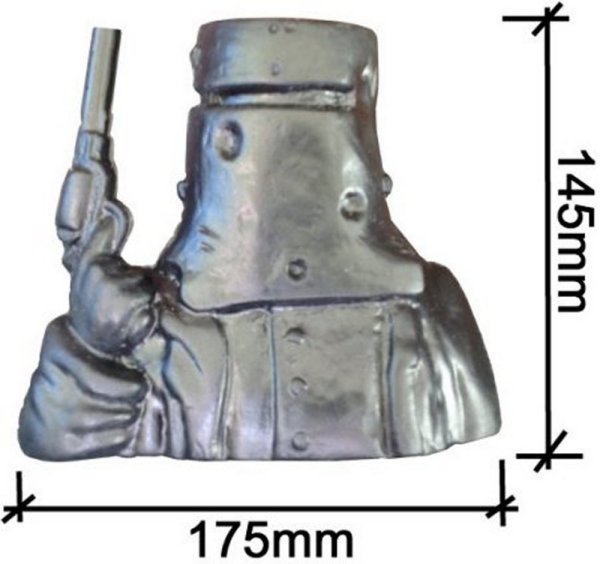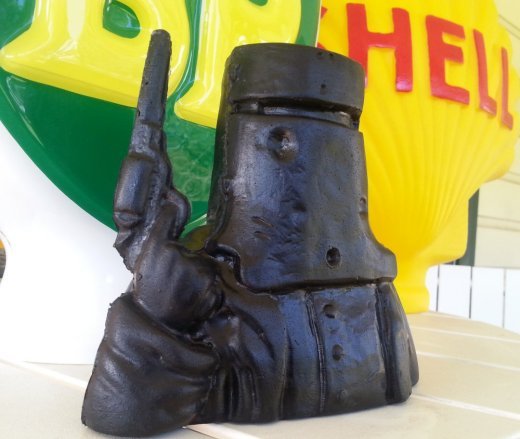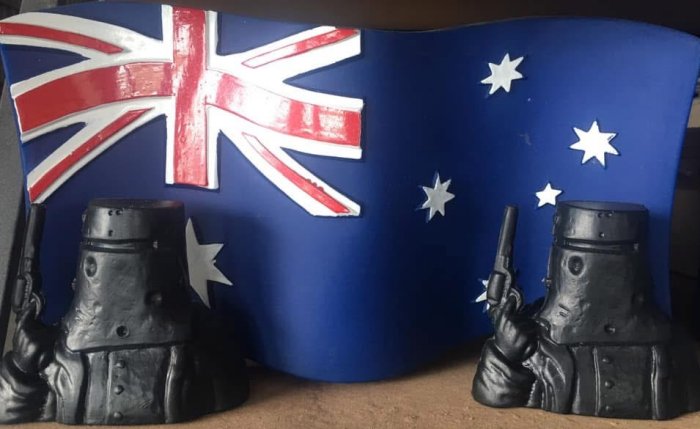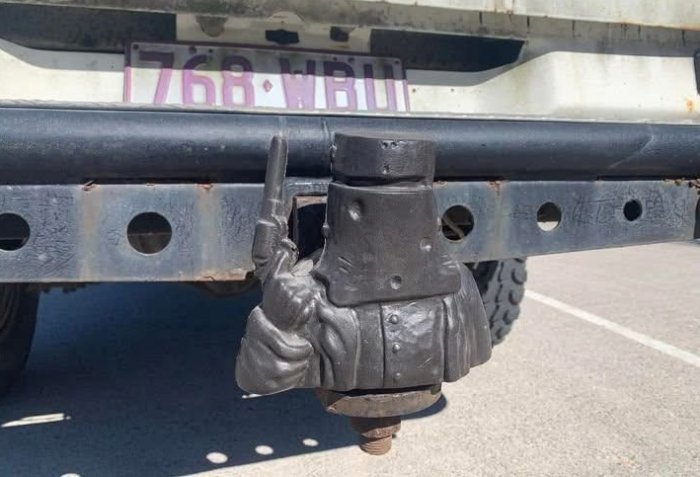|
Product Menu Trucking Utility Accessories Boat/Box Trailer Residential Shop Fitting Marine Collectable's Price List Dynaplas Pty. Ltd. 45 Wellington Street RIVERSTONE NSW 2765 SYDNEY AUSTRALIA Ph: +61 2 9627 5944 sales@dynaplas.com.au Dynaplas Pty. Ltd. 26 Corbould Rd COOLUM BEACH 4573 QUEENSLAND AUSTRALIA Ph: +61 7 5324 1557 sales@dynaplas.com.au  Facebook Facebook
|
History of Ned Kelly - Australia's Most Notorious Bushranger
Ned Kelly (1854-1880) is one of Australia's most iconic and controversial historical figures. Known as a bushranger, outlaw, and folk hero, his life has been the subject of countless books, films, songs, and debates. Some view him as a symbol of resistance against colonial authority, while others see him as a violent criminal. Early Life Edward "Ned" Kelly was born in December 1854 in Beveridge, Victoria, to Irish parents. His father, John Kelly, was a transported convict from Ireland. Ned grew up in poverty and hardship in rural Victoria, where tensions between struggling Irish settlers and colonial police were common. At age 14, Ned was first arrested for allegedly assaulting a Chinese man and later for associating with known criminals. His early run-ins with the law set the stage for his life of defiance. The Kelly Gang In 1878, following an altercation in which Ned's mother was arrested and a police officer was wounded, Ned and his brother Dan went into hiding. They soon formed the Kelly Gang, which included Steve Hart and Joe Byrne. The gang became infamous after the murder of three policemen (Scanlan, Lonigan, and Kennedy) at Stringybark Creek, an act that shocked the colony and led to them being declared outlaws. Bank Robberies and Popular Support<BR> The Kelly Gang carried out two major bank robberies, one in Euroa (1878) and another in Jerilderie (1879). During the Jerilderie raid, Ned dictated the now-famous Jerilderie Letter, a lengthy manifesto expressing his grievances against police corruption and the treatment of Irish settlers. The gang's daring raids, anti-establishment message, and reputation for treating hostages well gained them folk hero status among some communities. The Siege at Glenrowan In June 1880, the gang planned a final confrontation with police at Glenrowan, where they intended to derail a police train. The plan failed after a local schoolteacher alerted authorities. In the ensuing siege, the gang wore homemade suits of bulletproof armour, an iconic image in Australian history. All gang members were killed or captured-except for Ned, who was wounded and taken into custody after his dramatic last stand in the suit of iron. Trial and Execution Ned Kelly was tried in Melbourne and found guilty of the murder of Constable Lonigan. He was sentenced to death and hanged at Old Melbourne Gaol on 11 November 1880, at the age of 25. His reported last words were, "Such is life." Legacy Ned Kelly's story lives on in Australian folklore. He is seen by some as a symbol of resistance to colonial oppression and a champion of the poor, while others regard him as a violent outlaw. His distinctive armour, especially the helmet, has become an enduring symbol in Australian art, culture, and political commentary. He remains one of the most complex and debated figures in Australian history.
|


 Price List Click Here
Price List Click Here